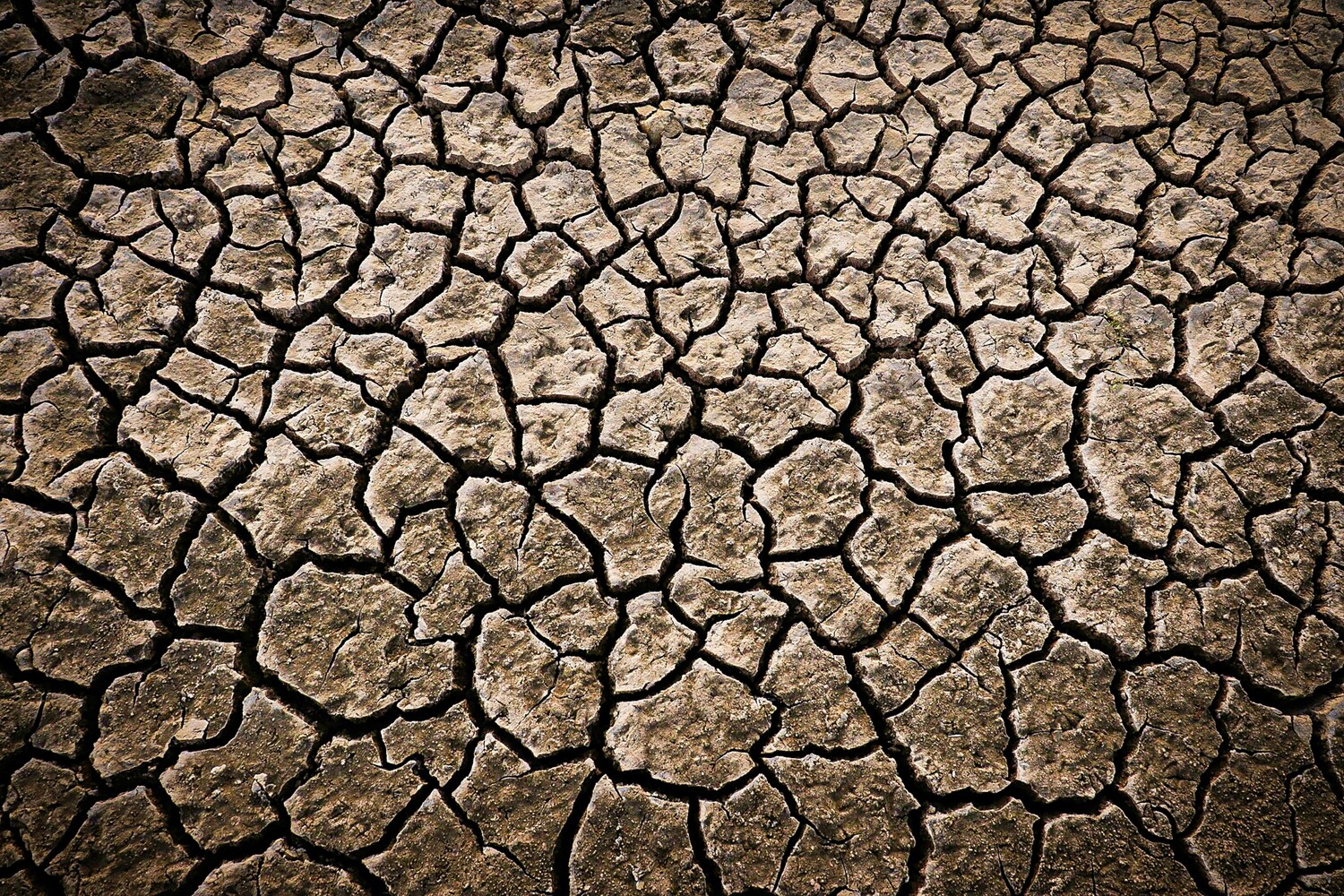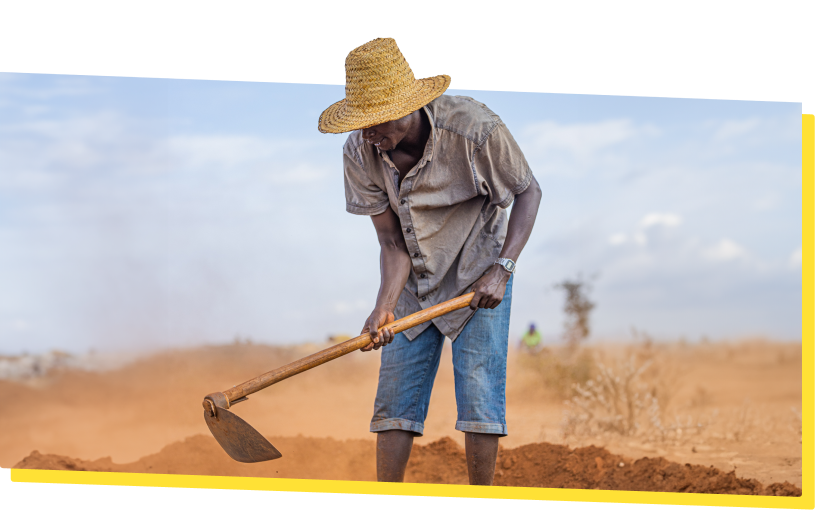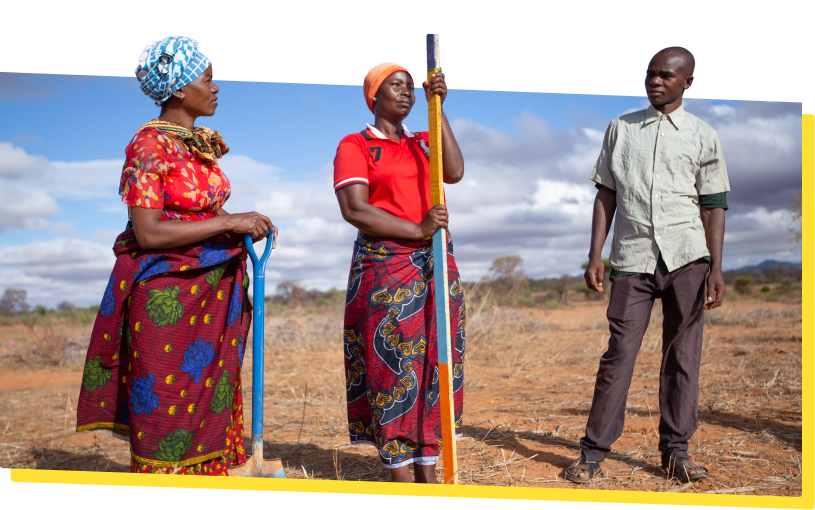Restoration & Degradation

Restoration and Degradation
Landscape degradation refers to the decline of a landscape’s health and productivity. This decline leads to disruption of ecosystem services that are essential to both people and biodiversity. Fortunately, there are several ways to restore degraded landscapes through appropriate restoration approaches.
landscape degradation
Human-induced activities are an important cause of landscape degradation. Unsustainable agricultural practices such as overgrazing, over-cultivation, and deforestation all lead to exhaustion and over-exploitation of the landscape.
Landscape degradation has far-reaching ecological consequences, including the loss of ecosystem services and biodiversity, and accelerated climate change, which leads to intensified droughts and flooding. These extreme weather conditions further exacerbate degradation, creating a downward spiral.
Landscape degradation poses challenges to social and political stability, contributing to poverty, conflict, and forced migration in both urban and rural areas. In addition, land degradation reduces the availability of healthy croplands and rangelands, affecting global food security.
landscape restoration
The right landscape restoration techniques can improve the quality of land, soil, water, and vegetation, mitigating the consequences of land degradation. By implementing restoration interventions, habitats can be restored for flora, fauna and people.

Why is Restoration Necessary?
Currently, 40% of the planet’s land is already degraded. In 2050, this number could be as high as 90%. If nothing changes, the entire world population will be affected by the effects of land degradation. The natural balance of ecosystems can only be restored by regreening and restoring degraded land, to the benefit of both the environment and the people who rely on the land. Restoration of land and its essential ecosystem services will have many benefits, including the ability to combat biodiversity loss and climate change. Restoration also offers greater opportunities for livelihood diversification and enhanced food security. All of the Sustainable Development Goals are positively affected, either directly or indirectly, by land restoration!every piece of restored land contributes to a more sustainable future!Choosing the appropriate intervention technique is crucial to realising the benefits of restoration. The technique should be aligned with the characteristics of the landscape and the needs of local communities. This is where Greener.Land comes in. Greener.Land is an interactive online tool designed to offer guidance in how to best restore all types of landscapes and highlighting the importance of restoring ecosystem functions. The platform provides specific and technical insights in more than 25 restoration interventions. Every piece of restored land contributes to a more sustainable future!
